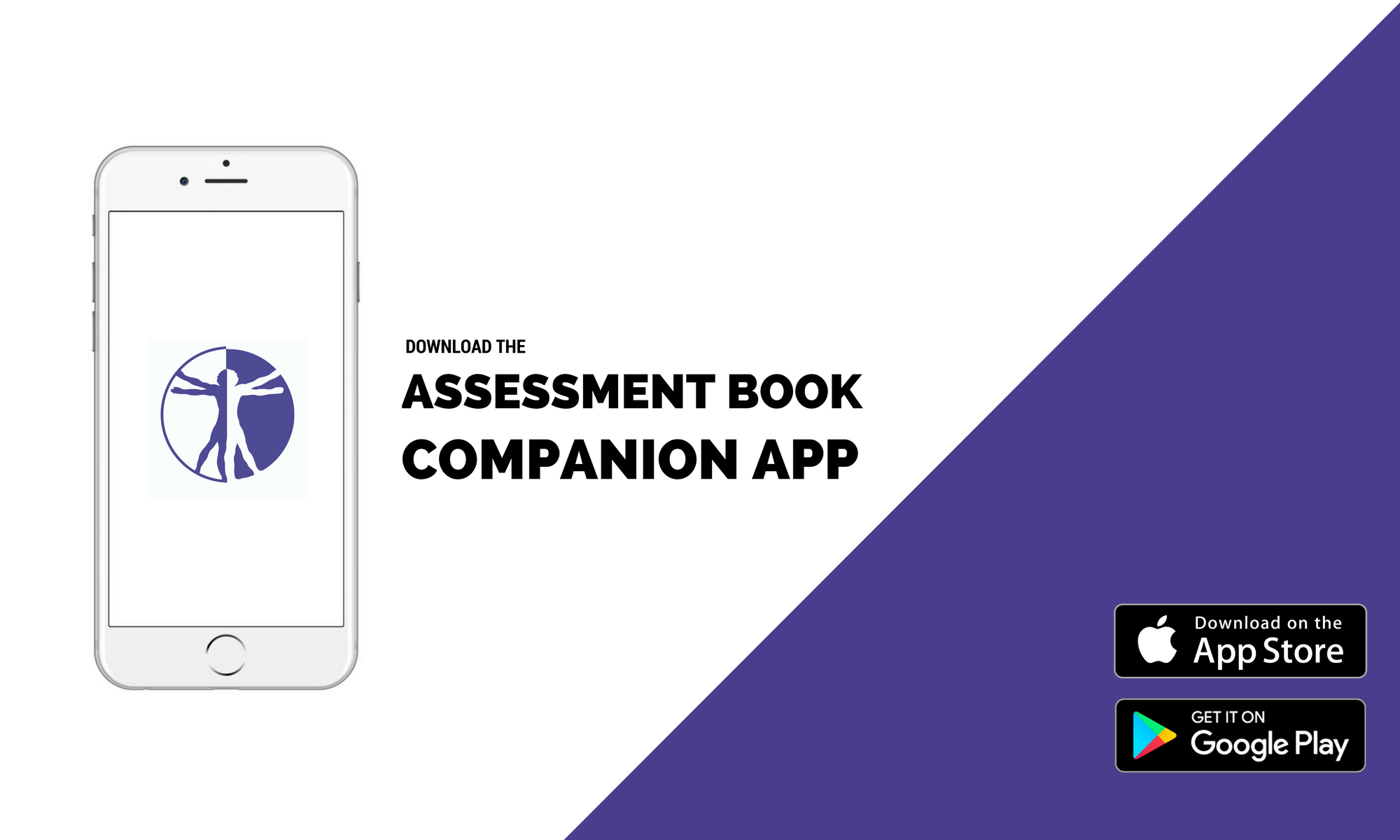Execution:
- Patient is in supine position and the examiner stand at the head of the bench
- The examiner fixates vertebrae C3 with a key grip into ventrocranial direction
- The examiner places his other hand high on the occiput and fixates the patient’s head with his shoulder or chest
- Then the examiner brings the upper cervical spine into flexion and holds this position for 30 seconds
Positive Outcome: The patient reports symptoms of dural compression, which is diffuse pain in several segments of the upper back and head or spinal cord compression, which indicates a tear of the transverse ligament
|
Study |
Reliability | Sn | Sp | LR+ | LR- |
| Intra-rater к = -0.27-1 | NA | NA | NA |
NA |
|
| Cattrysse et al. (1997) | Inter-rater к = 0.64-1 | NA | NA | NA |
NA |
| Comment: The reliability values in the study of Cattrysse et al. (1997) are extremely variable. No diagnostic accuracy studies have been carried out for this test yet. | |||||
![]()
